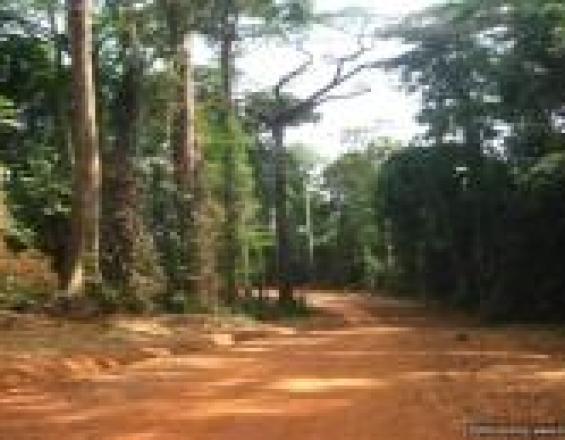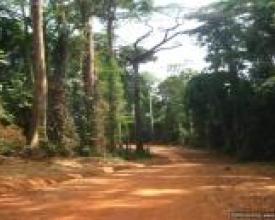Forest protection and Livelihoods improvement in Ekuri, Nigeria

Through an inclusive approach, involving the community in land use planning and natural resource governance, supporting agro-forestry, equitable benefits sharing and poverty reduction, the Ekuri Initiative has addressed problems caused by deforestation and forest degradation, such as exacerbated climate change including drought, fire and flood, as well as food insecurity, illiteracy and poverty in Ekuri community in Cross River State, Nigeria.
Context
Challenges addressed
Location
Process
Summary of the process
Building Blocks
Awareness education on the values of the forest
Enabling factors
Lesson learned
Review and improvement of governance structure
Enabling factors
Lesson learned
Land use plan in Ekuri for conservation.and livelihoods
Enabling factors
Lesson learned
Community based benefits sharing
Enabling factors
Lesson learned
Training and support for gro-forestry
Enabling factors
Lesson learned
Impacts
The Ekuri forest continues to re-seed the forest floor, resulting in enhanced regeneration of deforested/ degraded areas thus increasing the number of hectares under forest cover. It has also increased wildlife populations with attendant distribution of seeds, ensured natural regeneration and maintenance of the forest. The solution has improved the livelihoods of the Ekuri people through the creation of jobs in sustainable harvesting of timber and non-timber forest products (NTFPs) as well as in agriculture and adding value to farm/forest products. Also, the Ekuri community has enhanced incomes from timber, annual registration fees by dealers of various NTFPs, sales taxes and gate fees which enabled the construction of 40km dirt road to the community, construction of a school, heath centre and town hall. The solution has improved literacy through the awarding of scholarships and skills training. Indirect impacts of the solution are mitigation of climate change impacts, e.g. increased purification of air by plants, production of oxygen, and increased capture and storage of carbon, water purification, soil fertility, food production
